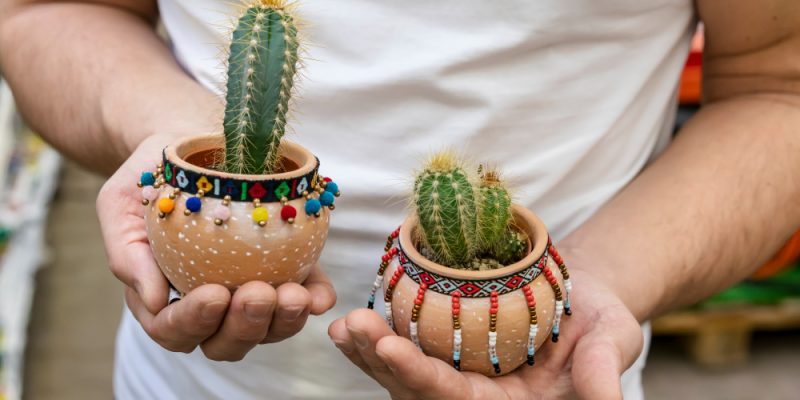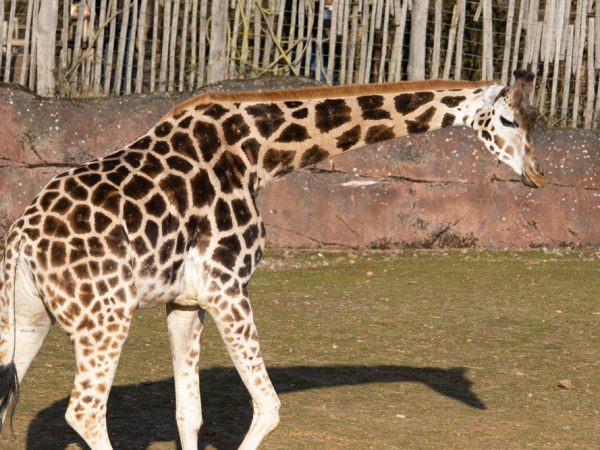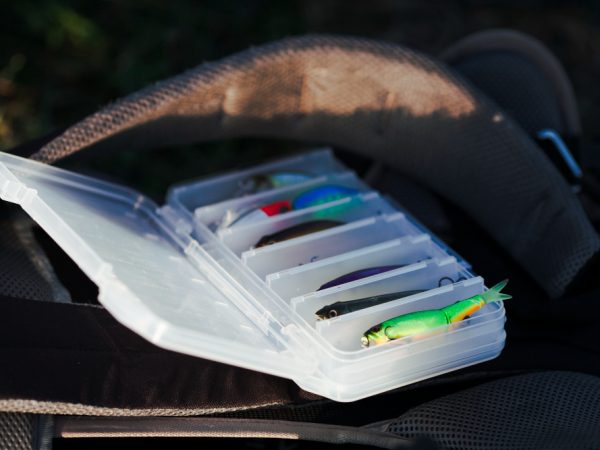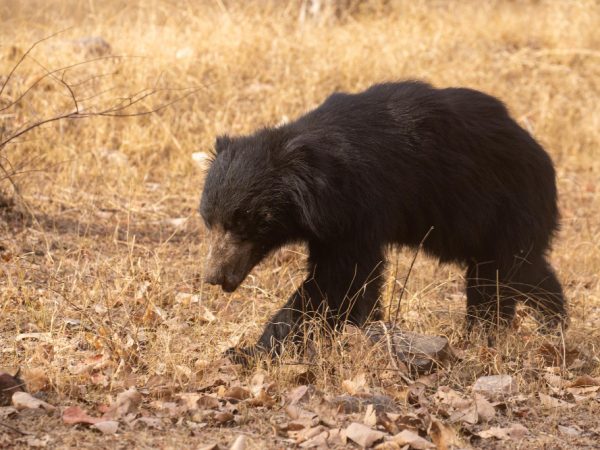Summer in Brazil: 10 Cultural Traditions That Make It Unique

Summer in Brazil isn’t just about sun-soaked beaches and Carnival—it’s a vibrant display of cultural identity, tradition, and community spirit. From Afro-Brazilian rituals to family gatherings and beachside festivities, summer brings together Brazil’s diverse heritage in fascinating ways. Each tradition reflects the country’s colorful soul, shaped by Indigenous, African, and European influences.
1. Wearing White on New Year’s Eve (Réveillon)
In Brazil, New Year’s Eve is more than a countdown—it’s a symbolic cleansing and a call for peace, prosperity, and protection.
What Happens:
Millions gather on beaches like Copacabana, dressed head to toe in white for good luck.
People offer flowers and gifts to Iemanjá, the Afro-Brazilian sea goddess, by floating them on the waves.
Fireworks light up the sky, creating an atmosphere that is both spiritual and celebratory.
Why It’s Unique: The fusion of Catholic, Indigenous, and African rituals creates a deeply meaningful yet festive experience.
2. Dancing in the Streets During Carnival
Carnival is Brazil’s most famous cultural export and a tradition deeply rooted in its history. Though it’s technically celebrated in late February or early March, the festivities begin in summer, often starting as early as December.
Cultural Significance:
Street parties, or blocos, are open to everyone, bringing together people of all ages and backgrounds.
Samba schools prepare year-round for elaborate parades.
Costumes and performances reflect political commentary, historical themes, and social satire.
Why It’s Unique: Carnival merges art, politics, dance, and identity into one grand celebration of life and resilience.
3. Lavagem do Bonfim – The Sacred Washing Ritual
Held in January in Salvador, Bahia, the Lavagem do Bonfim is a spiritual procession that honors both Catholic and Candomblé (Afro-Brazilian) beliefs.
What Happens:
Women in traditional Bahiana dresses wash the steps of the Church of Bonfim with perfumed water.
Music, dancing, and blessings fill the streets.
It symbolizes purification and hope for the new year.
Why It’s Unique: It seamlessly blends religion and culture, celebrating syncretism in everyday life.
4. Family Gatherings and Summer BBQs (Churrascos)
In Brazilian culture, family is everything, and summer means gathering for shared meals and long afternoons together.
The Tradition:
Churrascos (BBQs) are common every weekend in backyards or by the beach.
Cuts of meat are grilled on skewers and served with farofa, rice, and salad.
Music and conversation flow late into the night.
Why It’s Unique: Churrasco isn’t just a meal—it’s a social ritual rooted in warmth, generosity, and tradition.
5. Devotion to Iemanjá – The Goddess of the Sea
Every February 2nd, especially in coastal cities like Salvador and Rio de Janeiro, Brazilians celebrate Iemanjá, the Afro-Brazilian orixá (deity) of the sea.
Cultural Elements:
Offerings like perfumes, jewelry, and flowers are floated into the ocean.
People wear white and blue to honor her.
Drumming, dancing, and chanting continue through the night.
Why It’s Unique: It highlights Brazil’s African heritage and the enduring presence of spiritual traditions.
6. The Popularity of Samba and Forró
In Brazilian summer, music is everywhere—and it’s more than just background noise. Genres like samba and forró are forms of cultural expression, rich with history.
Tradition in Action:
Samba circles happen in bars, squares, and beaches.
Forró festivals are common in the northeast, featuring accordion, triangle, and zabumba (drum).
Lyrics often speak of love, social issues, and pride in one’s roots.
Why It’s Unique: Dancing to these rhythms is a celebration of heritage, not just entertainment.
7. Capoeira on the Beach
Capoeira is a unique Afro-Brazilian martial art that combines dance, acrobatics, and music. In summer, capoeira rodas (circles) often move outdoors, especially on beaches.
Cultural Tradition:
Practitioners form a circle, taking turns in the middle to “play” through movement.
Accompanied by the berimbau (musical bow) and rhythmic clapping.
A teacher or mestre leads the group, sharing history and technique.
Why It’s Unique: It’s a living tradition of resistance, once banned by colonizers and now proudly displayed across Brazil.
8. Festas Juninas (Still Celebrated in the North)
Though traditionally a winter event, Festas Juninas in the northern regions of Brazil often extend into the summer due to different climate zones and school schedules.
What to Expect:
People dress in rural-style costumes (straw hats, plaid shirts).
Traditional dances like quadrilha take place.
Foods include pamonha, canjica, and quentão.
Why It’s Unique: It’s a celebration of rural life, folk tradition, and Catholic saints with a fun, festive twist.
9. The Ritual of Beach Football (Futebol de Areia)
Sports are a huge part of Brazilian identity, and beach football becomes a cultural pastime in summer.
How It’s Done:
Informal matches happen at sunrise and sunset.
Players of all ages participate.
Shoes optional, rules flexible—just passion and skill.
Why It’s Unique: It’s community bonding through sport, with skills that have even produced world-class athletes.
10. Summer Markets and Folklore Fairs
In cities and coastal towns, open-air markets and folklore fairs spring up in the summer, bringing local artisans, performers, and chefs together.
Cultural Touchpoints:
Handicrafts reflect Indigenous and regional traditions.
Folk dances and musical shows are common.
Visitors can try local delicacies and drinks.
Why It’s Unique: These fairs are not just tourist attractions—they’re expressions of regional pride and economic support for local communities.
Conclusion: A Season of Celebration and Identity
Summer in Brazil is more than just a season—it’s a living celebration of culture, history, and community. Each tradition, whether sacred or festive, tells a story of the country’s rich heritage and joyful spirit. Whether you’re witnessing the washing of church steps in Salvador or dancing to forró in the northeast, you’ll find that Brazil’s cultural traditions make its summer truly unique.
So if you’re planning a trip, go beyond the beaches and discover the soul of Brazil through its timeless traditions. You’ll return not only with beautiful photos but also a deeper appreciation for this vibrant and diverse nation.
Frequently Asked Questions (FAQs)
1. When is summer in Brazil?
Summer in Brazil typically runs from December to March. It’s the warmest and most festive time of year, filled with holidays, events, and cultural celebrations.
2. What should I wear to participate in traditional summer festivals?
Dress in light, breathable clothing due to the heat. White is popular for spiritual celebrations like New Year’s and Iemanjá. Comfortable shoes are ideal for dancing and walking.
3. Is it safe to attend cultural festivals in Brazil?
Yes, most festivals are safe and welcoming, especially when held in public spaces. However, it’s wise to stay aware of your surroundings, keep your belongings secure, and follow local advice.
4. Are these traditions practiced all over Brazil?
Many traditions are regional, like Lavagem do Bonfim in Salvador or Festas Juninas in the northeast. However, large festivals like Carnival and New Year’s Eve are celebrated nationwide.
5. Can tourists participate in these cultural traditions?
Absolutely! Brazilians are warm and inclusive. Tourists are welcomed to join, whether dancing in a bloco, making an offering to Iemanjá, or enjoying a family-style churrasco.
Also read : Busiest Time: 10 Common Travel Delays and How to Avoid Them











